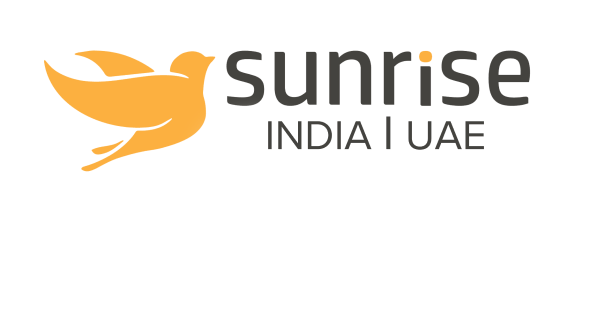Building an Effective Business Web Portal: A Step-by-Step Guide
Introduction
A business web portal is a powerful online platform connecting businesses with customers, partners, and employees—offering a unified experience for information sharing, transactions, and collaboration. In today’s digital-first world, a well-designed portal can drive significant growth and engagement.
1. Define Your Web Portal’s Purpose
Identify Business Objectives: Determine if the portal serves as customer service, e-commerce, or an internal resource hub.
Determine User Needs: Align features with user goals—resource access, purchases, or account management.
Set Clear Goals: Establish KPIs like traffic, conversion rates, and engagement metrics.
2. Prioritize UX & Interface Design
Intuitive Navigation: Use clear menus, search, and logical content organization.
Responsive Design: Ensure mobile-friendly layouts for phones and tablets.
Fast Load Times: Optimize images, scripts, and server performance.
3. Key Portal Functionalities
User Authentication: Secure logins with personalized access and data privacy.
CMS Integration: Enable non-technical updates for news, blogs, and product content.
E-commerce Features: Incorporate payment gateways, inventory, and order tracking.
Collaboration Tools: Provide shared calendars, chat, and document sharing for partners or employees.
4. Ensure Data Security & Compliance
SSL Encryption: Encrypt data exchanges with SSL certificates.
Role-Based Access Control: Restrict sensitive data using RBAC.
Regulatory Compliance: Adhere to GDPR, CCPA, and other data protection standards.
5. Optimize for SEO
Keyword Integration: Use relevant keywords in titles, descriptions, and content.
Meta Tags & URLs: Craft unique meta descriptions and clean URLs for each page.
High-Quality Content: Publish guides, FAQs, and articles to drive organic traffic.
6. Integrate Analytics & Tracking
Web Analytics: Implement Google Analytics to monitor traffic and user behavior.
User Behavior Analysis: Use heatmaps and session recordings to refine UX.
Conversion Tracking: Measure transactions, downloads, and form submissions.
7. Plan for Scalability & Future-Proofing
Flexible Tech Stack: Choose scalable architectures and integrations.
Regular Maintenance: Schedule updates for security patches and new features.
Continuous Improvement: Adapt based on user feedback and market trends.
Conclusion
Building an effective business web portal requires strategic planning, user-centric design, and robust technical infrastructure. By focusing on these key elements, your portal can enhance engagement, drive transactions, and support sustainable growth.
